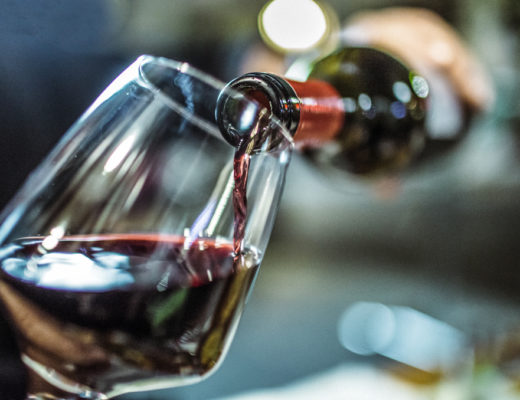Wine decanters can be lovely things to look at, and come in a massive range of shapes, colors and styles. However, most of the time, that’s all people do with them – just look. They sit in cupboards year in, year out, perhaps only ever getting an airing when a celebration is going on, or an elderly relative needs impressing.
There’s a good reason for this – most people simply don’t really know what they are for, or how or when they’re supposed to be used. There’s a fairly constant argument in the wine world regarding whether they really have any point whatsoever, and whether they’re simply just a hangover from times long since passed.
Why Decant Wine?
We’d argue that decanters do indeed serve a few purposes, but that they are by no means essential when it comes to drinking and enjoying your wine.
The first of these purposes is a purely superficial one: they look great, and give you an excuse to really admire the appearance of your wine. All wines come in a beautiful array of colors, and catch the light most elegantly… so why should you keep them hidden away in darkened bottles? Decanters give wine the chance to take its rightful place as the centerpiece of a table, ready to be admired by the assembled guests.
The second purpose is one we’ve discussed before: to allow your wine to come into contact with oxygen. The process of slightly oxidizing your wine – especially full-bodied reds and even heavier whites – is essential for letting wine ‘open up’, and express all of their many flavors and aromas. Decanters are perfect for this; not only is the wine oxidized when it’s being poured from the bottle into the decanter, it also gets a little more oxygen from the enlarged surface area within the decanter, too. The result? Softer, more drinkable wines, with a greater array of detectable notes.
The third purpose reveals what was probably the initial point of decanters in centuries past. Aged red wines, such as a prized Bordeaux, are likely to contain quite a lot of sediment which has settled at the bottom of the bottle over the years. This is mainly a collection of dead yeast cells and accumulated bits of grape must, and while it won’t do you any harm, it can be quite unpleasant when you get a mouthful of stuff on your last swig. The classic shape of a decanter helps you catch all of that sediment before it gets poured into the glass, thus removing this problem altogether.
Traditional, more rustic methods of winemaking (which are very much making a comeback in the 21st century) would see most wines containing quite a lot of sediment – far more than consumers would be happy seeing in their bottles today! As such, decanters were probably used not just to show off wines or help the breathing process along, but also for making sure your guests don’t end up with a throatful of mulch after knocking back their glasses.
Can All Wines Be Decanted?
Some people will insist that decanting should only be used when drinking full-bodied red wines. We couldn’t disagree more – it’s a lovely way to serve wines of any color and style, and anybody who applies such rules to wine drinking is missing the point entirely. We’d even recommend decanting sparkling wines like Champagne – especially when serving Champagne with a meal – as it allows the harsher bubbles and more astringent character of the wine wear off a little, making it a much more enjoyable wine to pair with food.
How Do I Decant My Wine?
So, those are you reasons why to decant. The how couldn’t be easier – simply pour your bottle of wine into your decanter of choice, and allow it to sit for 20 minutes before serving. Just make sure it’s placed in the center of the table, where everyone can appreciate its timeless class and elegance, and so they’ll know you’re the kind of host who likes to go the extra mile.





